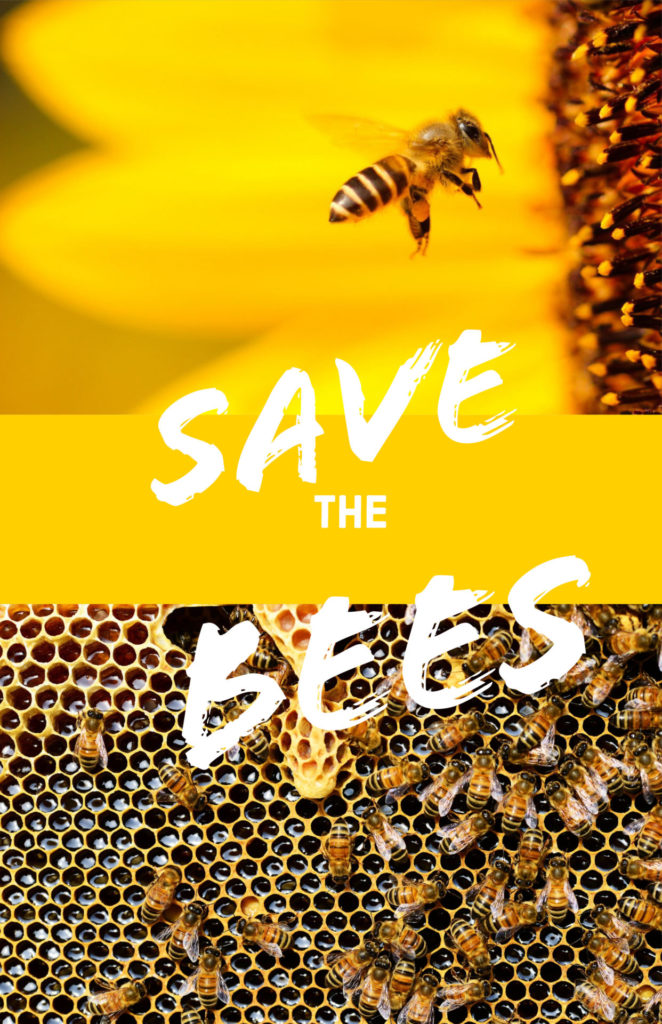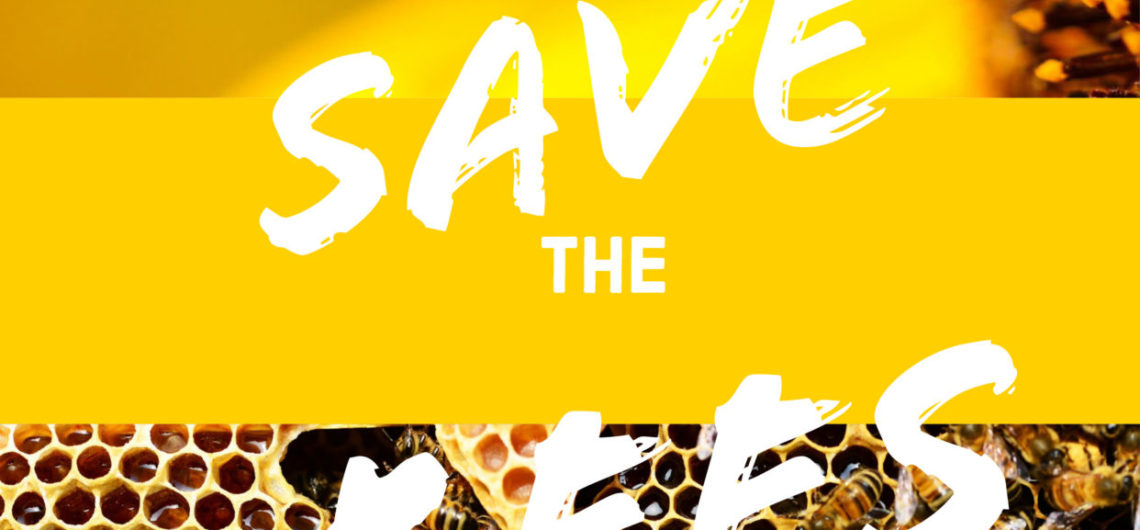
Bees are known for their role in pollination and producing honey and beeswax. These insects are a monophyletic lineage within the superfamily Apoidea and are presently considered a clade, called Anthophila.
Did you get all that? You might have a pretty good idea about the importance of bees, but imaging saying that sentence to a child. They would look at you like you’re describing your 401K or tax filing procedures.
“Monophyletic lineage within the superfamily Apoidea and are presently considered a clade, called Anthophila.”
Way too confusing. Luckily, with a little help, teaching kids about bees can be a lot more entertaining and even fun for everyone involved. Teaching kids about how to respect and care for bees, which are necessary for so much plant life on Earth, is an essential step in helping to build a better, bee-filled future.
Here are a few great tips for teaching kids about bees in a fun way:
Abstain from employing convoluted dialect during discourse
…Huh? All that means is don’t use big words. No one likes to be in a conversation with another person and not understand 90% of the words being used. When talking to kids, you need to be even more aware of the language you’re using. You’re trying to make this lesson about bees fun. There is nothing fun about the word “eusociality.” Whenever you’re talking to children about bees, make sure you’re using fun and easy-to-understand words.
Don’t focus on fear
Since bees have the ability to sting, most kids are terrified of them from the get-go. Though you should inform kids about the dangers of bees, including sting pain and allergic reactions, don’t make them sound like monsters. It’s important to teach children about bees in a way so that they can appreciate them, and also so they won’t be afraid of them.
Use visual and tactile aids
Simply reading an article to kids about bees will not keep their attention. Not even for a minute. You have to make the entire experience engaging and entertaining. That’s where visual aids and physical objects can help win over your audience of young learners. You can bring in an empty hive, some honeycombs, a bee suit, honey, and a hunk of beeswax. PRO TIP: don’t pass along any of these items while you’re talking since you’ll lose their attention very quickly.
Include some fun bee-related games
Including games and fun activities is a great tactic for teaching children about any topic. Doing this will help break up the information the kids are attempting to absorb and will help them retain everything. Have the kids make buzzing noises, have them pollinate paper flowers with glitter, and build an imaginary bee colony of their own.
Plus, if you’re having trouble getting the kids excited about bees, you can always start talking about the way bees communicate and show them The Waggle dance!
Here are some important topics to cover when teaching kids about bees:
- Different types of bees — There are more than 20,000 species of bees!
- Difference between worker bees, carpenter bees, and queen bees — Worker bees collect nectar from flowers. Carpenter bees create tunnels between one and two inches deep and up to 10 feet long. The queen bee lays all of the eggs inside a colony and could lay over 2,500 eggs per day.
- Pollination — Bees see all colors except for red. That and their sense of smell help them find the flowers they need to collect pollen.
- Dangers that bees face today (pesticides) — Over the past 15 years, colonies of bees have been disappearing. Sadly, in some regions, up to 90% of bees have disappeared.
If you’re serious about teaching kids about bees — you can’t be too serious while you do it. You have to have some fun yourself so the kids can have even more fun. The more fun the children are, the more and engaged they’ll be throughout. Hopefully, doing this will give children a lifelong love and appreciation for bees and everything they do for the world.



